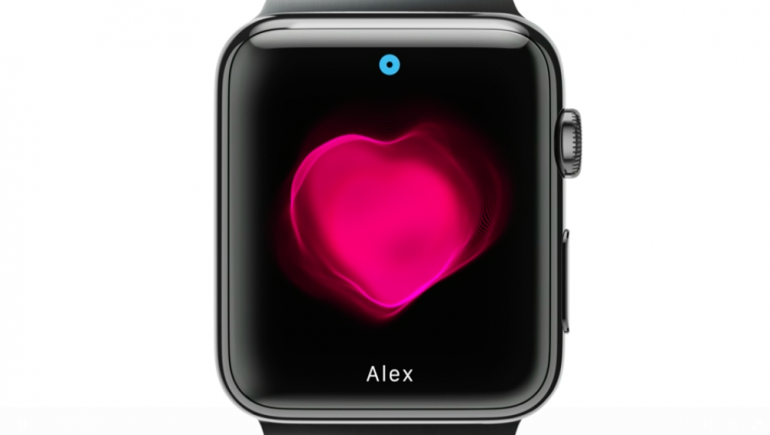Every year for the past 20 years, U.S.-based Gartner — a leading information technology research and advisory company — releases its Hype Cycle for Emerging Technologies, which predicts which technologies will get the most attention from journalists and businesses. The report provides an assessment of the maturity, business benefit and future direction of more than 2,000 technologies, grouped into 119 areas like digital workplace and connected homes.
“The public dreams of a time when our transportation time becomes leisure or work time.”
As the release day Hype Cycle report for 2015 is poised to be made public sometime in mid-August, Dx3’s Ben Myers has published his own look at how three technologies released in last year’s report performed until now, and his predictions for where they’ll show up on this year’s report.
In 2014, autonomous vehicles reached a pre-peak of ‘inflated expectations’, while Myers predicted that this technology would reach its peak in this year’s report. “The public dreams of a time when our transportation time becomes leisure or work time,” wrote Myers. “While Google is rolling its cute little cars down San Francisco roads, and every tech blog picks up on every crash involving those adorable little demons.”
The Internet of Things, in Gartner’s 2014 report, had reached the peak of inflated expectations, and for this year’s report, Myers predicted that the report would put IoT a little past the so-called ‘trough of disillusionment’. “Putting Internet Of Things in the trough would be too harsh,” Myers writes. “Consumers are beginning to see the benefit of connected devices without the expectation that the turkey will be perfectly cooked every day by the time they get home from work. Instead, IoT should be on the path to redemption in 2015 with a few practical use cases for many people and a bright future ahead.”
And as wearables rolled a little past the peak of inflated expectations, Myers predicted that it would slide even further down this peak towards the trough of disillusionment. While Apple Watch sales faced a lot of criticism from some in the tech community, they have reportedly taken sales away from traditional smartwatches, though Apple has kept hard numbers quiet so far.
Myers predicted that the underwhelming hype around wearables was more of the result of an industry trying to figure itself out than an inherent tendency towards failure. And if the turnout every month at Tom Emrich’s We Are Wearables is any indication (as well as its expansion into cities outside of Toronto), consumers are definitely eager to adopt wearables in their daily lives. “They’re probably going to be a part of consumer technology at some point in the future, but the form they’ve taken in the past few years has been underwhelming,” wrote Myers. “Whether that’s Android iterating through fat, square watches to the more stylish round faces or Glassholes becoming a term for early adopters of Google Glass, it seems that many companies are still finding out what works in wearables.”


